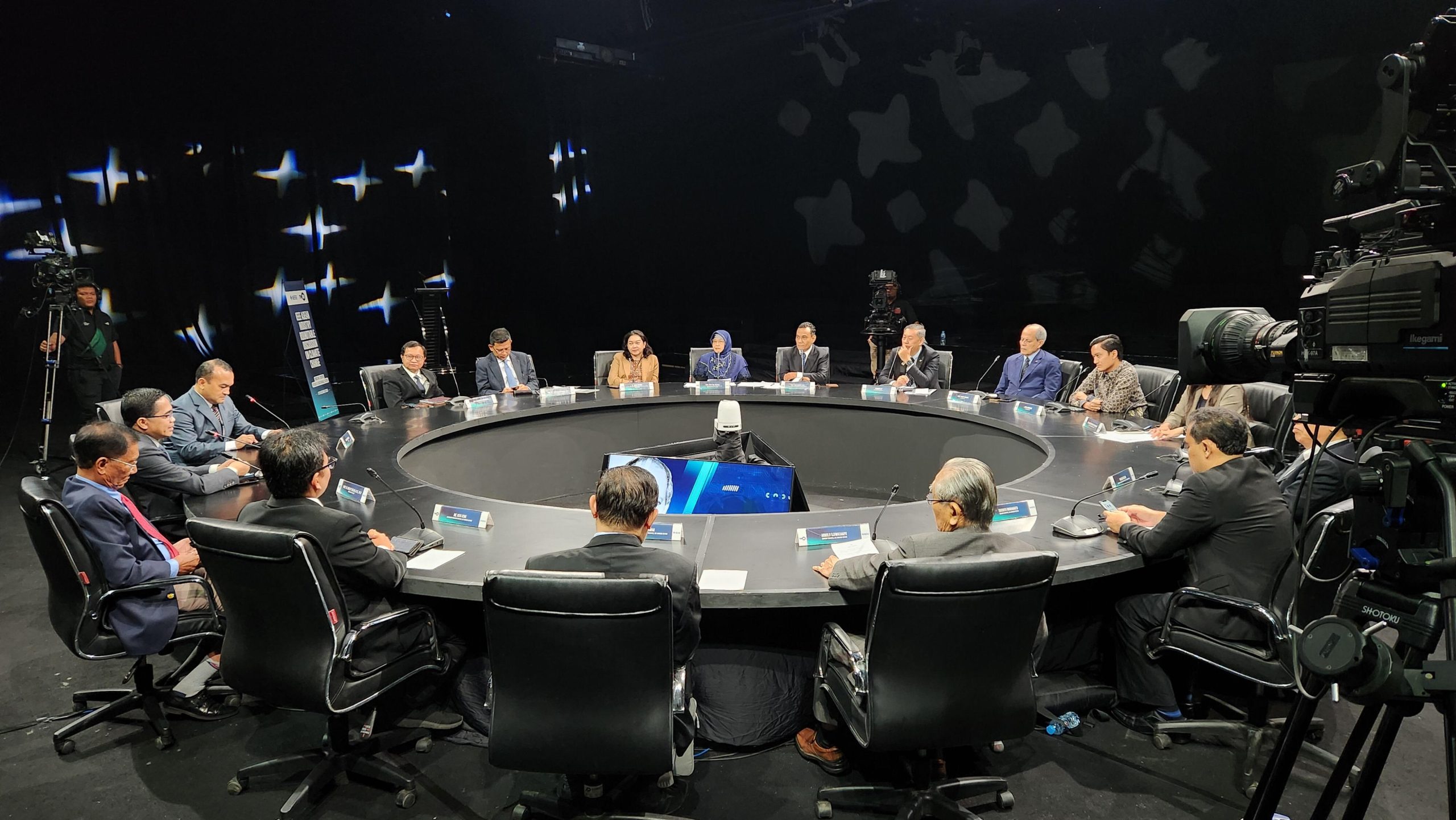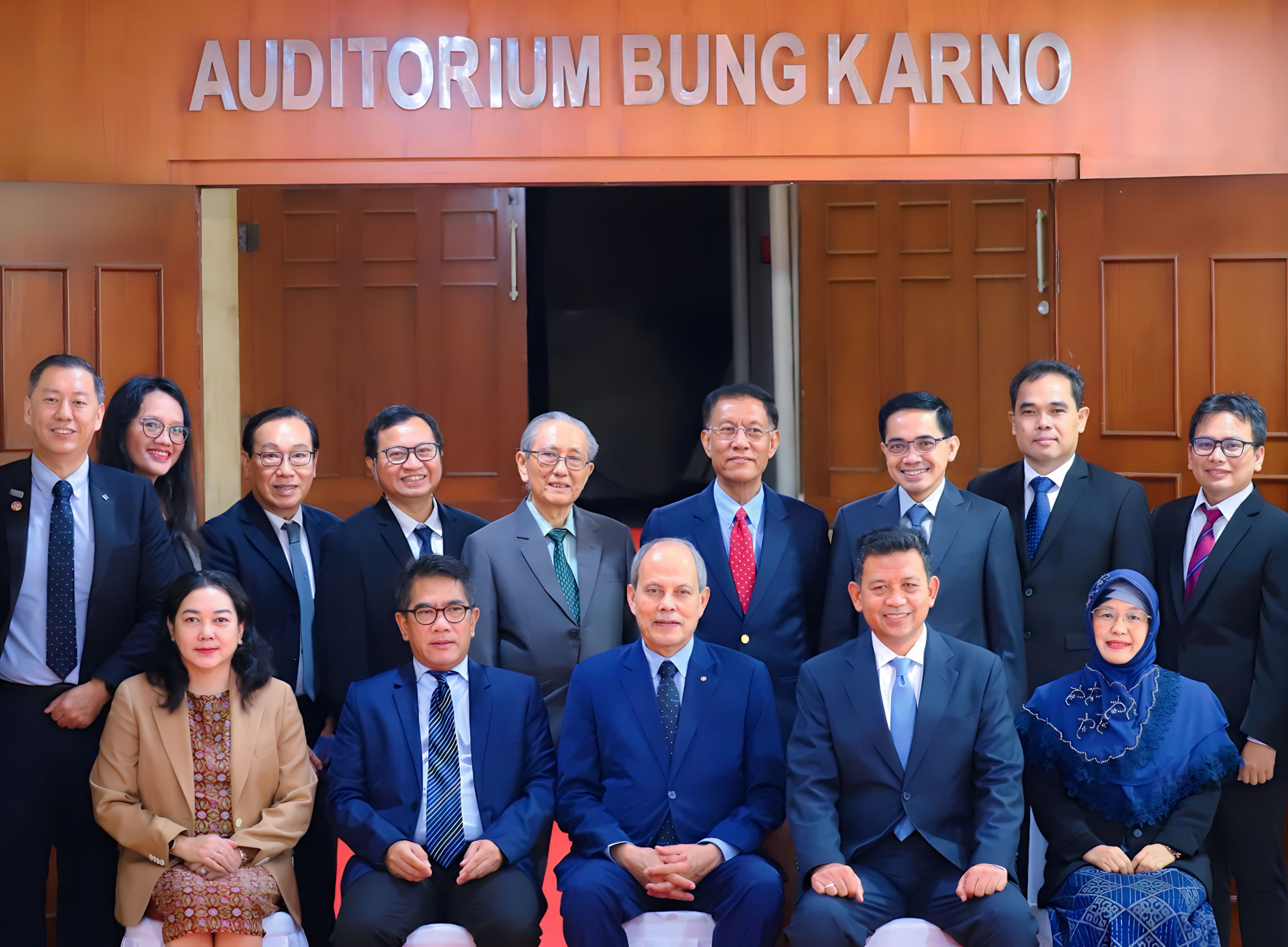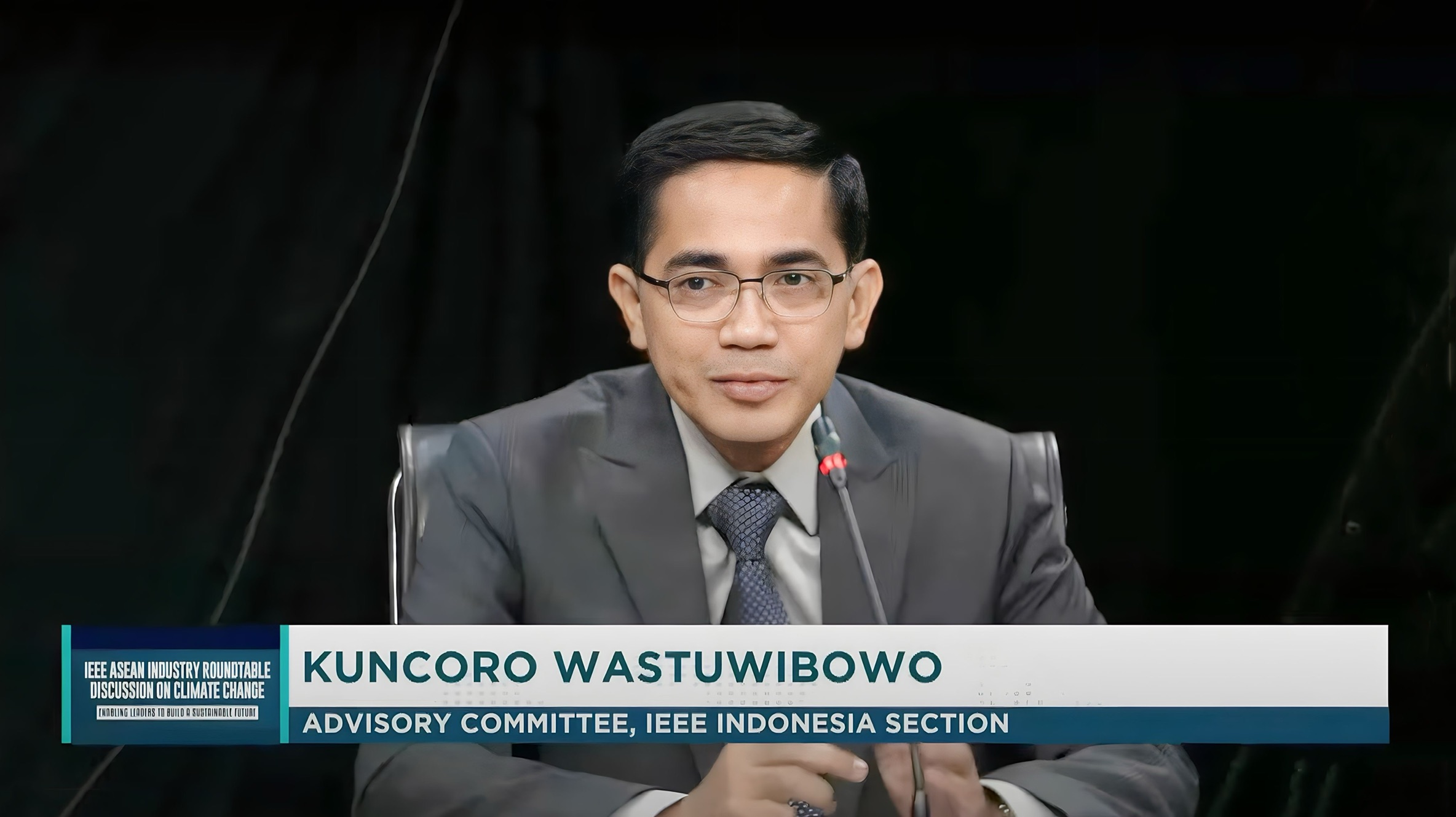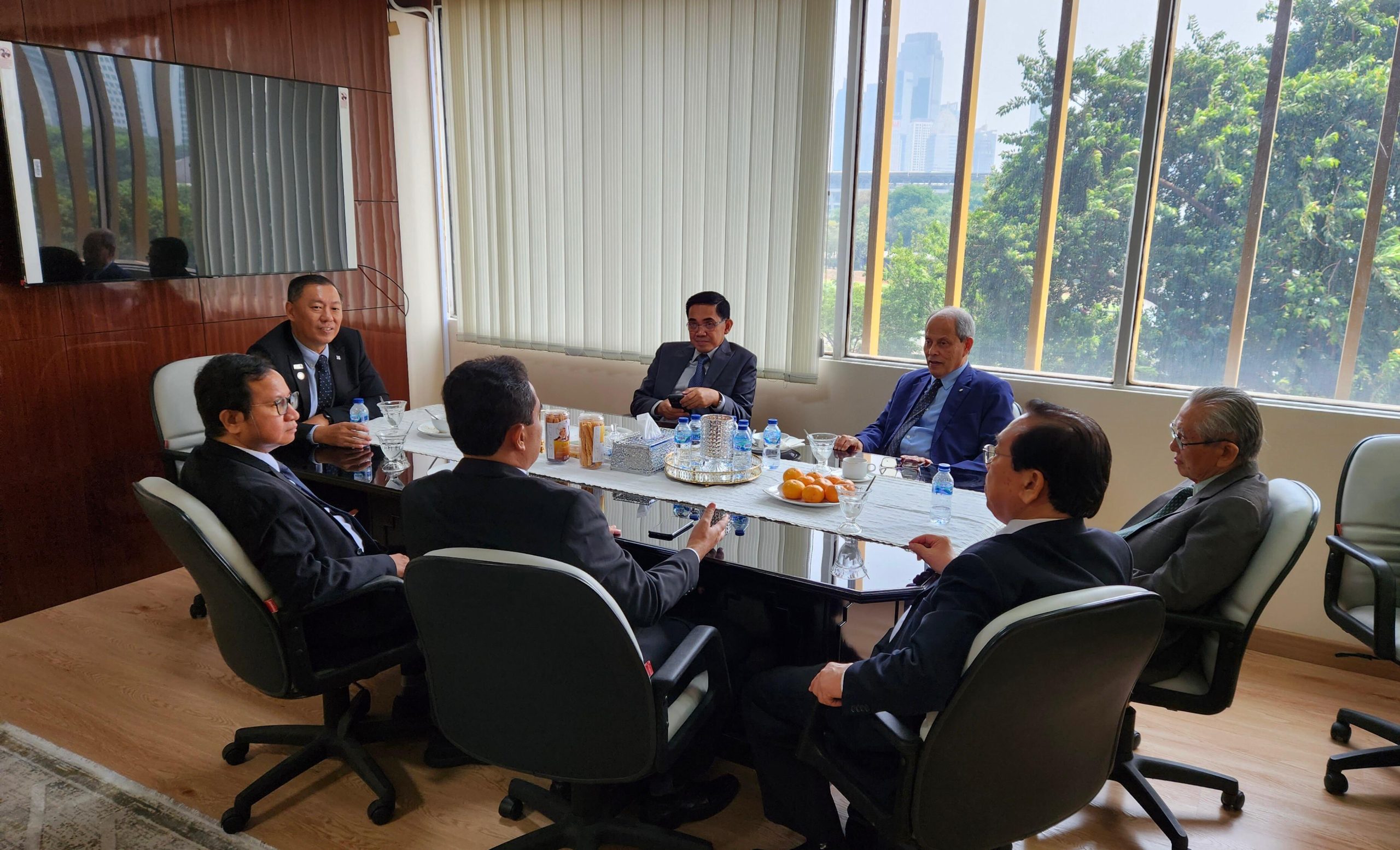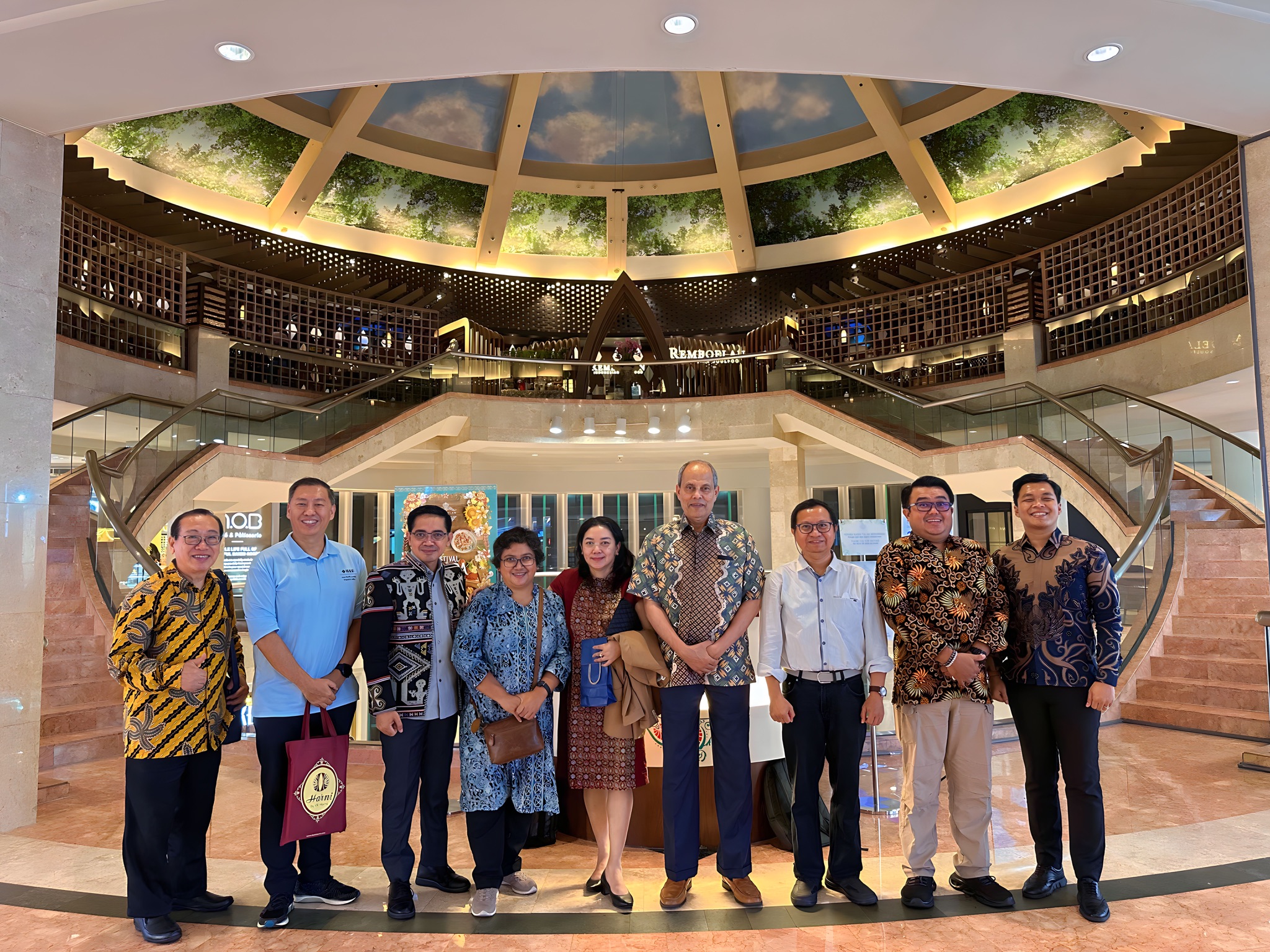The 6G network represents the next substantial advancement in mobile technology and is anticipated to launch around 2030. Currently in its research phase, 6G technology promises to significantly surpass the capabilities of both 5G and 4G by delivering vastly improved speeds, reduced latency, increased network capacity, and enhanced connectivity. By leveraging Terahertz (THz) frequencies to achieve greater bandwidth, integrating artificial intelligence for smarter network management, and employing quantum communication technologies for superior security, 6G is expected to power ground-breaking applications. These applications include holographic communication, brain-machine interfaces, autonomous systems, and the Internet of Everything (IoE), thus paving the way towards a future characterised by comprehensive connectivity and intelligence.
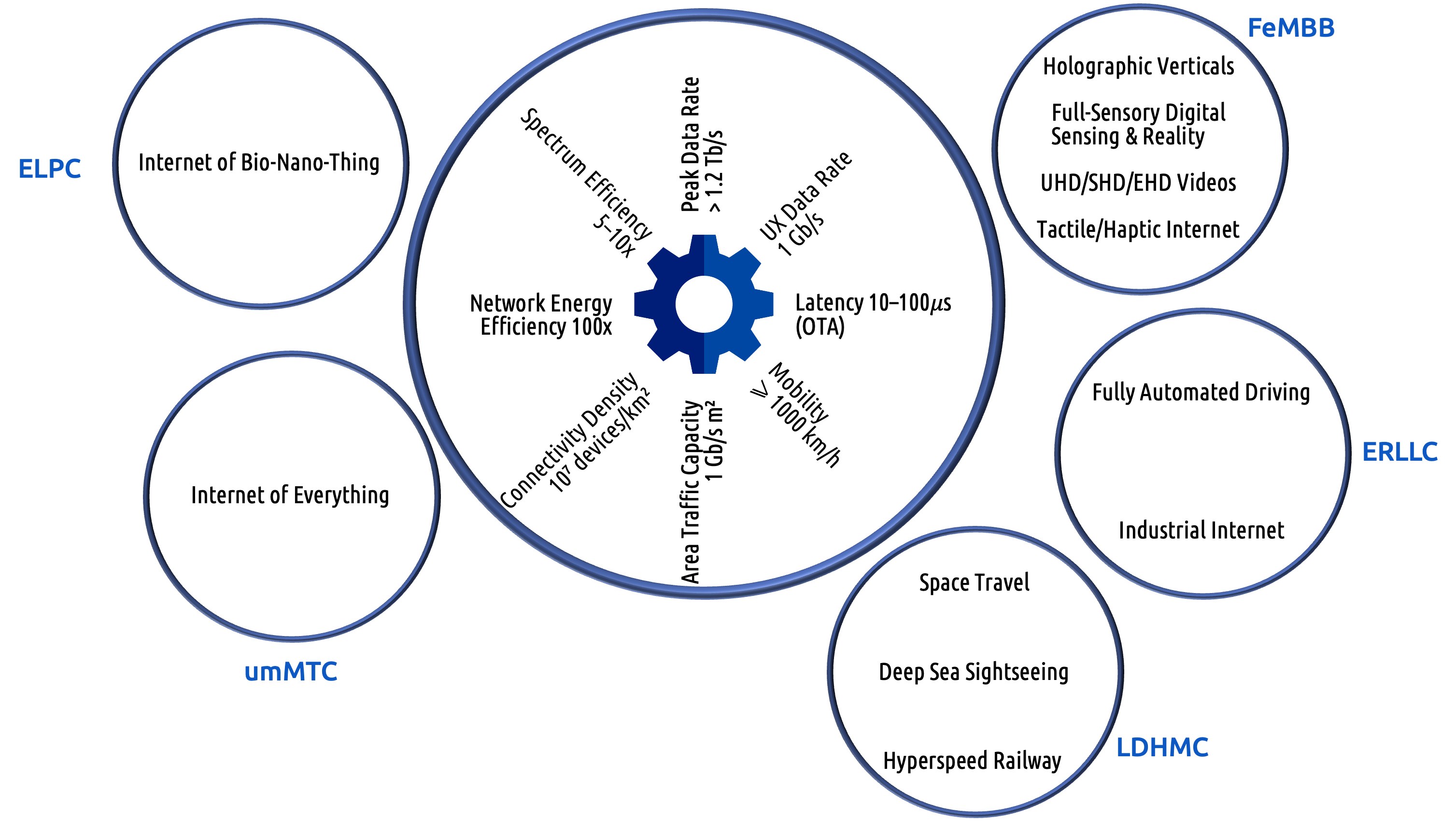
Fundamental developments in 6G technology suggest substantial performance improvements over preceding generations. Spectrum efficiency is projected to improve by five to ten times compared to 5G, maximising spectrum utilisation to accommodate rising network demands through high-capacity transmissions. Peak data rates exceeding 1 Tb/s will enable next-generation applications, including holographic communication and immersive experiences in ultra-high resolution. Moreover, latency will reduce dramatically to between 10 and 100 microseconds for over-the-air (OTA) transmissions, facilitating ultra-reliable real-time applications such as brain-machine interfaces, autonomous driving systems, and tactile internet.
Furthermore, mobility will be considerably enhanced, with support for speeds of up to 1000 km/h, accommodating high-speed transport systems like hypersonic travel and advanced railway infrastructure. Connectivity density improvements will allow more than 10 million devices per square kilometre to connect simultaneously, essential for managing dense IoT environments, smart city infrastructures, industrial automation, and ambient intelligence applications. In terms of sustainability, energy efficiency is set to increase by a factor of 100, significantly reducing the environmental impact of the expanding digital landscape. Additionally, an area traffic capacity reaching up to 1 Gbps per square metre will ensure stable and reliable performance, particularly in densely populated urban areas or during high-traffic events.
6G is being developed to cater to diverse and futuristic use cases, broadly categorised into distinct vertical segments. Enhanced eMBB (FeMBB) will support applications such as real-time holographic telepresence for virtual meetings, educational purposes, and entertainment; full-sensory digital interactions incorporating multi-sensory experiences; and ultra-high-definition video streaming for cinema-quality remote collaboration. Enhanced Ultra-Reliable Low-Latency Communications (ERLLC) will deliver highly dependable real-time connections for fully automated vehicles in urban and motorway scenarios, as well as precise, responsive connectivity for smart factories, robotics, and the industrial IoT.
Massive Machine-Type Communications (umMTC) will facilitate the realisation of the Internet of Everything (IoE), comprehensively integrating various devices, systems, and environments to support smart cities and personalised services. Enhanced Low Power Communications (ELPC) will enable advanced nanoscale connectivity within healthcare and biological systems, known as the Internet of Bio-Nano-Things. Long-Distance High-Mobility Communications (LDHMC) will ensure reliable communication in extreme contexts, including space exploration and tourism, deep-sea sightseeing and operations, and hyperspeed railway systems travelling at speeds beyond 1000 km/h.
Finally, 6G places a significant emphasis on energy efficiency and environmental sustainability. Innovations in energy harvesting will enable devices to capture ambient energy from solar power and electromagnetic waves, reducing dependency on traditional battery sources. Zero-power communication technologies will allow certain devices to function solely on harvested energy, particularly beneficial for IoT applications in remote or inaccessible areas. AI-driven energy management systems will optimise resource allocation across the network, minimising power usage without sacrificing performance, thus aligning technological progress with ecological responsibility.

